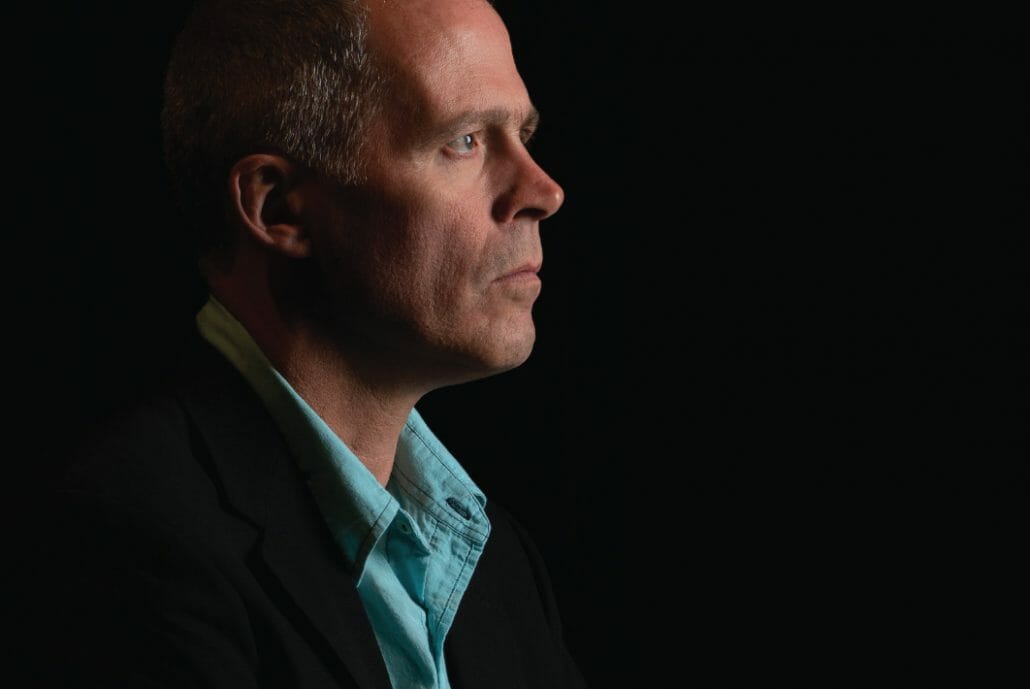
Transforming Trash
Fine Art that Helps Heal the Planet
Summer 2019
Written By: Natalie Taylor | Images: Deborah DeKoff
WHEN YOU CONSIDER THAT THERE IS AN ISLAND OF TRASH THE SIZE OF TEXAS FLOATING IN THE OCEAN, IT’S IMPERATIVE TO THINK ABOUT THE EFFECT OF WASTE. FOR PARK CITY NATIVE EMILY QUINN LOUGHLIN, USING WASTE CONSCIOUSLY IS AN INTEGRAL ELEMENT OF HER FINE ART PRACTICE. SHE USES RECYCLED MATERIALS TO CREATE SCULPTURES, MIXED MEDIA, WEARABLE ART, AND EVEN PORTRAITS.
Inspired by painters that use earth-based pigments and soy-based gesso, Loughlin takes the concept of creating a sustain-able art practice one step further. “I ask myself two questions,” she says. “One: How can I help clean up the mess? And two: How can I use materials that don’t contribute to the mess?”
It all started with a (now defunct) local ski and snowboard company, Ramp Sports. “They opened their doors and invited artists to use their castoff materials,” she says. “I realized that rather than buying supplies, I could take waste that would have gone to the landfill and transform it into art.”
Seeing opportunities to solve the global climate crisis trans-formed her relationship with waste. In her hands, cardboard scraps become canvases, artificial flowers become feathers on a headdress, and bicycle tires and ski goggle straps become sculp-ture. The options are endless for castoff tissue, magazines, fabric scraps, and inner tubes.
Loughlin earned her BFA in fibers from the Savannah Col-lege of Art and Design, a degree that informs her methodol-ogy. She builds the skeleton of her sculptures by repurposing materials into something that can be woven, stitch by stitch, cementing each wire and bending it. Then, she articulates a different material on top of that. Her latest project is a series of saguaro cacti that are built with sculpture wire and embel-lished with recycled materials. “They grow like plants, one cell at a time,” she explains.
“I love the idea of taking a monofilament, like a string, and creating a two-dimensional plane.” Case in point: “Someone told me one of my sculptures looked so familiar, but they couldn’t place why,” she says. “It was made from zip ties.”
Loughlin believes in the restorative power of art. “I want to have a healthier relationship with the planet and help repair it,” she says. “There are no wrong answers in art. Environmentally sustainable practices help heal the planet and art helps heal our souls. Together, they create a symbiotic relationship between waste and art, creativity and productivity.”
